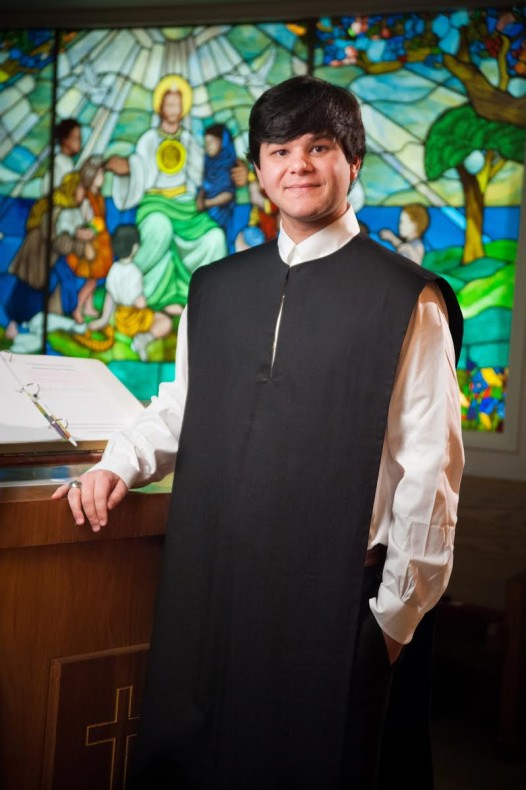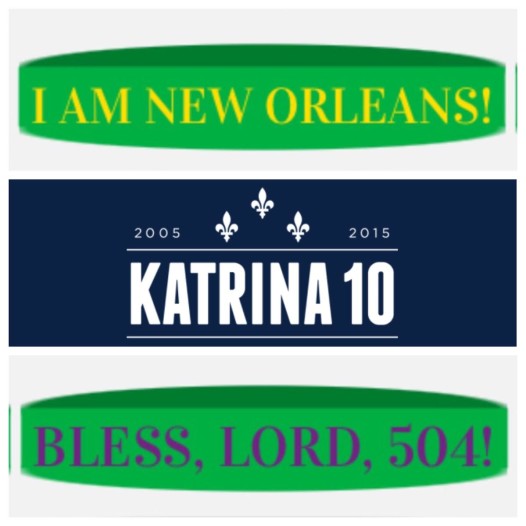
Anthony Marinese
Though rooted in a New Orleans suburb in the late ’80s, I came to Memphis for leukemia treatments (which, thankfully, have proven successful) in the early ’90s. So on August 29, 2005, I had to witness the devastation of my beloved New Orleans’ infrastructure, her spirit, and most importantly, her people through news media. Because I had to watch Katrina unfold from afar, it, quite frankly made my experience of the worst natural disaster in United States history even worse, emotionally.
Maybe, for me, it was a form of survivor’s guilt. Why wasn’t I there to co-suffer with my sisters and brothers in New Orleans? How could I have offered help where it was needed most?
I never would have imagined so at the time, but Katrina rekindled in me a desire and longing for New Orleans like no other – and not just for the stereotypical party-culture she is known for by those outside her banks. But, rather, a deep compassion, appreciation, and sense of home rooted in her people that had faded by being away for so many years.
Four years after the meteorological onslaught, I met an evacuee who had come to Memphis a month after Katrina to attend the sister school of my old high school. We were introduced by mutual friends, and became fast friends ourselves. That bond grew quickly beyond mere friendship.
The relationship didn’t last long, but its impact – for both of us, in different ways – was unlike anything we’d experienced. On my part, this beautiful New Orleanian was my first genuine love. And as the saying goes, you never forget your first love.
To make a long and at times complicated story shorter, our relationship didn’t pan out. Now, sadly, we no longer communicate. Though saddened by the loss, I can confidently say that there is truth in what the great spiritual writer Henri Nouwen once wrote: “When others stop loving you, you do not have to stop loving them.”
I do, however, have her to thank for two things. First, through our many conversations, she rekindled in me a vibrant love for the city I first call home, and reminded me that no matter how far you are from it or how long you’ve been away, you can always return and be renewed. Secondly, she taught me the meaning of resilience. Just as the end of our friendship brought me a sort of “interior devastation” from which I had no choice but to recover and become stronger, so also has our city, its spirit and its people.
As I reflect on the 10 years since Hurricane Katrina, I continue to offer prayers for all who perished, and so many left to carry on without their loved ones’ presence. I also, however, see the reality of hope, instead of simply conceiving of it as an abstract theological or philosophical construct. Hope is alive through New Orleans’ resilience, recovery, and rebirth. Hope is alive in the soul, spirit, and joie-de-vivre of each New Orleanian.

Katrina wristbands Anthony created in homage to his favorite city.
So, in honor of all that has been made new, that has been redeemed or restored from pain, sorrow, and destruction these last 10 years, I designed a wristband, in our iconic Mardi Gras colors (purple for justice, gold for power, and green for faith). On one side is inscribed the phrase made popular by local musician Vince Vance in “I Am New Orleans!”, released on the fifth anniversary of the storm. On the reverse is a paraphrase from a small piece of Wynton Marsalis’ “Ring Shout (Peace of Mind)” that reads, “Bless, Lord, 504!”
These wristbands are available (for a small cost) at the gift shop of the International Shrine of St. Jude on North Rampart Street at the Church of Our Lady of Guadalupe. I am indebted to its pastor, Fr. Tony Rigoli, OMI, for helping distribute them. The proceeds from the sale of these wristbands are returned into the Greater New Orleans (particularly the Treme area) community in the Church’s missionary efforts to combat homelessness, poverty, blight, and to encourage educational initiatives.
Vive la Nouvelle-Orléans!
Author Bio:
Anthony Maranise is with the Master of Arts in Catholic Studies Program at Christian Brothers University in Memphis, Tennessee. He is the author of “Sport & the Spiritual Life: The Integration of Playing & Praying” (Amazon Press, 2013), visits New Orleans frequently to see his brother and several still-dear friends, and enjoys presenting on the unique syncretism of both Catholicism & voodoo found in the Crescent City. You may contact him through his website: www.amaranis.wix.com/amjm.
 NOLAbeings Multimedia artist Claire Bangser created NOLAbeings as a portrait-based story project that marries...
NOLAbeings Multimedia artist Claire Bangser created NOLAbeings as a portrait-based story project that marries...  Voodoo in New Orleans: Reviving history: New Orleans fortune telling This article takes a deep dive into the history of Voodoo in New Orleans, its hybridization with Catholicism, and its present-day place in the city's culture. The author visits fortune-tellers in the French Quarter, using their guidance as a tool for introspection rather than a deterministic predictor of the future. Through her experiences in New Orleans, the author feels a mystical connection to both the past and the future.
Voodoo in New Orleans: Reviving history: New Orleans fortune telling This article takes a deep dive into the history of Voodoo in New Orleans, its hybridization with Catholicism, and its present-day place in the city's culture. The author visits fortune-tellers in the French Quarter, using their guidance as a tool for introspection rather than a deterministic predictor of the future. Through her experiences in New Orleans, the author feels a mystical connection to both the past and the future. 